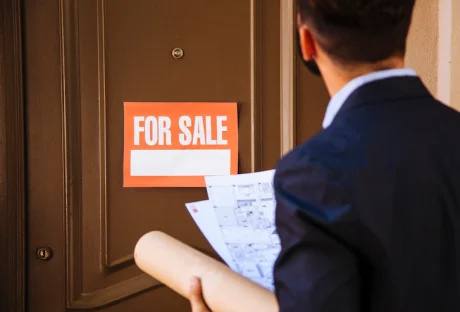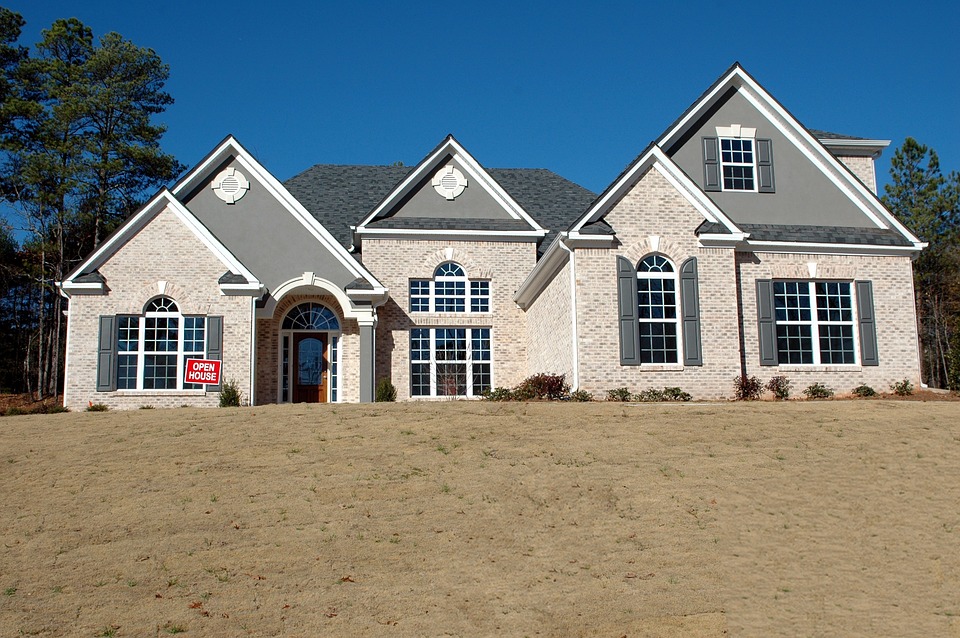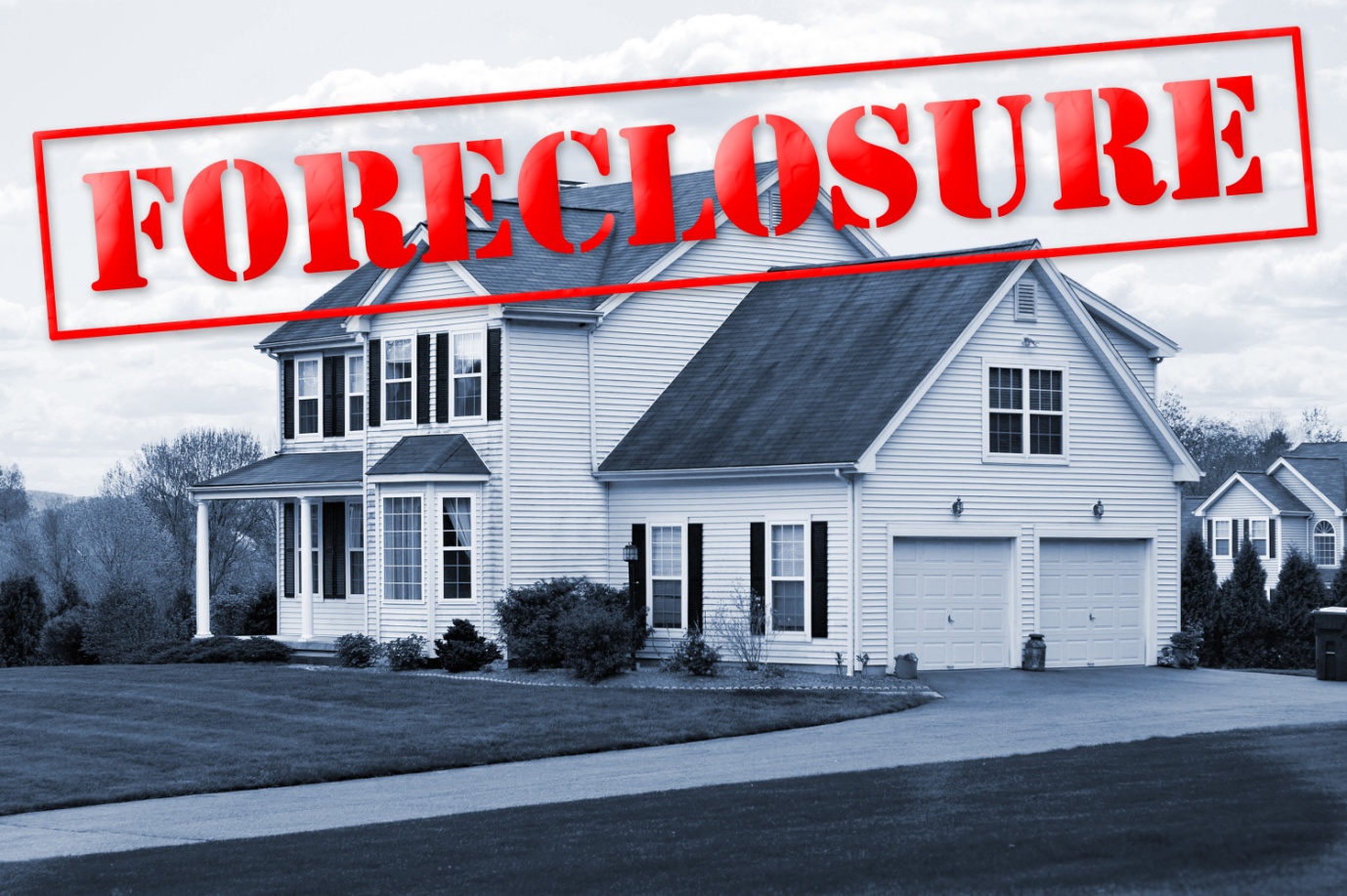There are many reasons to want to value a house.
A new addition to the family may need additional rooms, a work promotion in another location, or even just time for a change may require the home to be sold.
Another reason to value a property is to identify a person’s current financial position. This may be necessary for those starting a business or needing additional finance.
How do people learn the value of their houses? Here are three ways.
Top 4 Ways Of Learning The Value Of Your House
1. Online Valuation Tools

One of the easiest ways to get a valuation is to use one of the many online valuation tools available. They use public data to price your home.
These tools use the automated valuation model (AVM). The valuations are based on data retrieved from public records like deeds of ownership, property transfers, and tax assessments. A mathematical formula is also applied, taking data from recent sales in the area.
The challenge with relying on AVMs is that they’ll value every property, regardless of the available data, possibly giving an inaccurate value.
To effectively use an AVM, do it from a real estate site that also includes a ‘confidence score.’ This value means a professional has checked the result from the AVM and given a score based on how close it is to market value. Any AVM plus a confidence score over 90% can be considered.
2. Comps

One of the most common ways to get a current value for a house is to check out recent sales in the same area.
Take a look around the neighborhood at comparable homes. These are known in the industry as ‘comps.’ When made public, the results of these sales can be an easy predictor of the values in the area.
An ‘apple for apples’ approach needs to be applied here. If the house next door is a little more run-down but has an additional bedroom, that value isn’t a good comparison. If one down the road, with an equal number of rooms, was renovated around the same time, that’s a closer valuation.
The way to get the best valuation for your home is to find four comps — two at the higher price range and two at the lower. Go for something that’s somewhere in the middle.
Remember that values change quickly; any sale over three months ago may not match the current market.
3. Professionally Appraised

The most expensive but arguably the most accurate way to value a home is to get it professionally appraised. These people have seen hundreds to thousands of comparable properties and can give you a correct value.
A 2018 survey revealed that ¼ of US homeowners valued their properties this way.
Lenders will require an appraisal before approving a mortgage; however, they’ll want it done by their own appraisers.
Appraisers may even suggest changes that can be made to increase the property value.
A professionally presented pre-purchase appraisal by a reputable appraiser makes it easier for the potential buyer to decide. This is one task that they don’t have to do.
Appraisers are independent contractors. They get paid per appraisal; they don’t earn commission and therefore offer unbiased opinions.
4. House Valuation Made Easy

Using an AVM is the most convenient way for a person to value their home; however, it’s possibly the least accurate.
Spending the time to compare recent sales on comparable properties in the area is a closer way to get a more accurate price. Choosing a value mid-range of these is the best way.
Unbiased professional appraisers will provide the most accurate value, but at a cost.
Whether using an AVM, checking out local comps, or hiring a professional, there is one surefire way to know the value of a house.
The value is whatever someone else is willing to pay for it!
Additional:






















